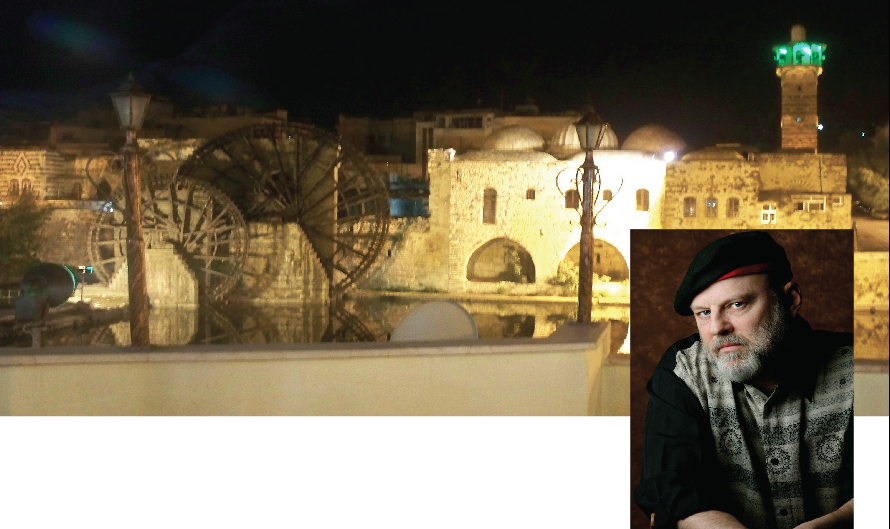23 September 2015
While Putin blusters and the value of the ruble dips ever lower, we wanted to slide into Russia without the need for an inconvenient—and expensive—set of visas. We found our back door through the Finnish Saimaa Canal, thanks to the fact that the Russians allow 72-hour visa-free travel, so long as one enters and leaves on the same watergoing vessel.
During the summer, the Finns run a daily boat from Lappeenranta on Lake Saimaa (Finland’s largest lake) down the length of the canal to the now-Russian port of Vyborg, on the Baltic Sea. First attempts to construct a waterway to link Lake Saimaa with the Gulf of Finland go as far back as 1499 and 1607, but it wasn’t until the mid-19th century that the canal was finally opened. Goods traffic blossomed and between the world wars, Vyborg was Finland’s busiest port.
Then came World War II. While attention was focused elsewhere, the Soviet Union attacked Finland in the Winter War of 1940 (and later, in the Continuation War). When the dust had settled, the Soviets had claimed half of the canal, and large swaths of the Finnish region of Karelia, including Vyborg. Decades later, a lease arrangement was concluded, allowing Finland use of the canal once again.
In efforts to maximize our time inside Russia, we traversed the length of the canal four times on the M/S Carelia. Down a series of 7 locks, across a scattered chain of lakes (one with floating islands that changed positions every time we passed), past hidden summer homes and fishing holes, and on into the Gulf. There was a hearty meal of salmon and pork, Karelian folk songs, and a cohort of hard-drinkers making the most of the tax-free alcohol. Virtually all other passengers were Finns, crossing the border to savor the dying light from old Karelia and, in particular, the once-vibrant city of Vyborg.
Our ship docked in the shadow of Vyborg’s 13th century castle, set on its own private island in the estuary. Passport control was surprisingly low-key, as if we were entering a foreman’s trailer on a construction site. On the other side, tangled streets ran through Vyborg’s old city up to Market Square, where a medieval round tower faced off against city hall. This was once Finland’s second largest city. Much of the architecture is still in place, but only the facades are intact. Interior after interior remains empty, still bombed out a full 70 years after WW2 ended. An eerie feeling, wandering back streets in the summer twilight with empty windows reflecting the sky.
Parklands abound—both along the river estuary walk, and running for blocks through the middle length of the old city. Where the parks end, Krasnaya Square begins, decorated in red, white and blue streamers withering under the severe iron gaze of Comrade V.I. Lenin, still proudly perched on his plinth, commanding the city. The Revolution is dead. Long live the Revolution.

Comrade Lenin, architect of the Bolshevik Revolution and still, apparently, in favor with the present government.
Our fellow passengers spend no time here. They are visiting Alvar Aalto’s library, and Hakman’s House, and St. Hyacinthus’ Church; or studying the historical exhibits inside the castle, which recreate the golden era between the wars, replete with photographs and letters and remnants of household goods.
Karelian culture still lives on, in its Finnish half of the territory. On the Russian side, the fractured shell of the culture has proved to have deep, stubborn roots, though all the original populace fled generations ago. There is a sadness underlying all this. Finns we spoke to about the loss of Karelia seemed resigned, but embittered. Russians seemed not to notice. On the boat trips back to Finland, the last light of sunset hung on until we’d crossed the border. As darkness fell, the stars emerged, along with the distant lights of Lappeenranta town. Not all of Karelia has been lost.
[For more, see photo gallery Saimaa Canal & Vyborg, Russia, 2015: http://danielgabriel.us/travel-photos/]



